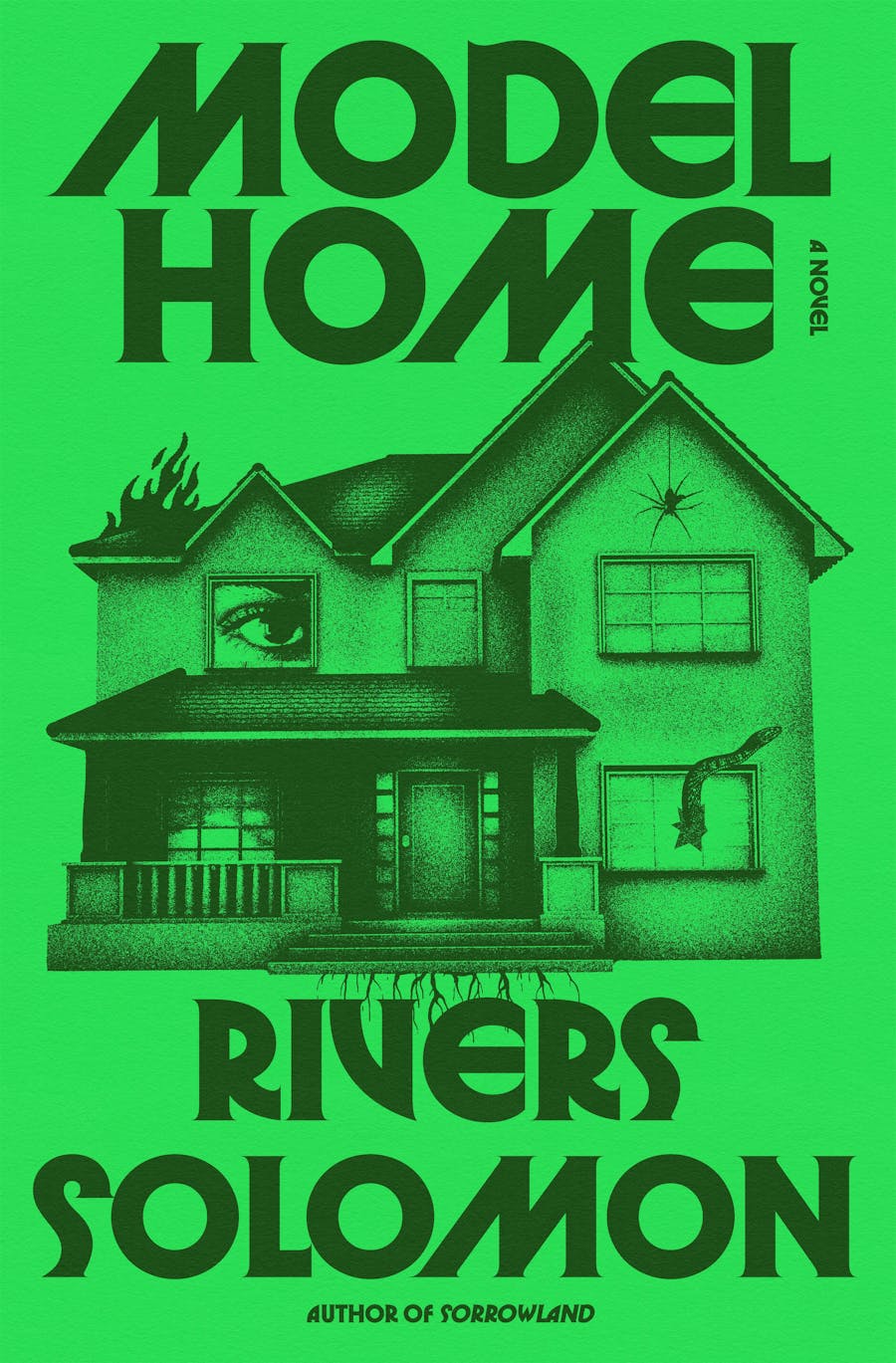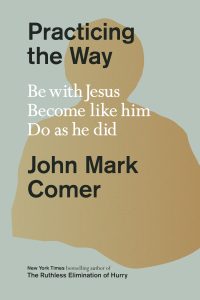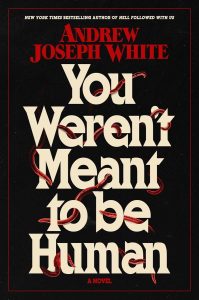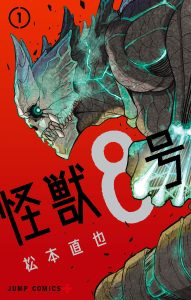
Rivers Solomon turns the haunted house inside out in Model Home, a literary horror novel that treats a gated Dallas McMansion like a fault line running through one Black family. It is eerie, emotionally brutal, and relentlessly thoughtful. Where many hauntings end with an exorcism, Solomon asks a harder question: what if the house, the neighborhood, and the histories that built them are not just haunted settings, but active systems that make people hurt one another and themselves.
The setup
Ezri Maxwell, who uses they and them pronouns, has built a life far from the all white enclave where they grew up with sisters Eve and Emmanuelle. Their childhood home was a beautiful trap, full of unexplainable events and private terrors everyone refused to name. When the siblings’ parents die under suspicious circumstances, the three return to Texas to manage the estate and the mess, only to find that the past never stopped moving. The question is not only what happened to their parents. It is what happened to the children who tried to survive that house.
What works
- A fresh take on the haunted house
The novel uses a familiar trope to explore structural harm. Being the only Black family in a wealthy suburb is not set dressing, it is the pressure point. The gates, the HOA smiles, and the oversized rooms become part of the menace. - Voice and interiority
Solomon’s sentences are lush and precise. Ezri’s point of view, layered with depression, neurodivergence, co-parenting, and artistic hunger, feels intensely lived. The sisters register distinctly too, from Eve’s rigid competence to Emmanuelle’s glossy online persona. - Vibes with teeth
The book leans into atmosphere, dread, and bodily unease. Doors seem to breathe. A faceless woman flickers at the edge of vision. You get that high simmer of fear where nothing is quite right even when everyone is acting normal. - Social horror that lands
Themes of racism, misogyny, class aspiration, and respectability are braided into the scares. The novel is as interested in how families inherit scripts of silence as it is in jump scares, which gives the horror moral weight. - Queer and trans presence
Gender fluidity and queerness are integral to character and theme, not a token flourish. Identity is part of how the house reads the Maxwells, and part of how they read themselves.
What may not work for you
- Plot vs. mystery appetite
The first two thirds prioritize mood and character over tight puzzle mechanics. If you want a clue trail that clicks like gears, the looseness may frustrate you. - A revealing final act
Some readers will appreciate answers, others will find the explanations too explicit and emotionally maximal. The ending stacks trauma, which can feel like overkill if you prefer the scariest things to remain half seen. - Heavy subject matter
The novel contains frank depictions of sexual violence, domestic abuse, addiction, self harm ideation, and mental illness. The treatment is careful, but the accumulation is intense.
Craft notes
Solomon writes the house like a character, but never lets the metaphor flatten the people who lived inside it. The structure moves between present day reckoning and memory, letting revelations arrive at human pace rather than on a thriller schedule. When action spikes, it is earned by the emotional groundwork. The book is also very good at shame, how it narrows a person’s choices, how it turns caretaking into control, how it echoes between siblings who experienced the same home in different bodies.
Standout themes
- Inheritance and performance
The Maxwells were trained to perform safety, success, and good neighborliness. The cost of that performance is the horror. - Monsters in human clothing
The novel keeps you asking whether the haunting is supernatural or social. The scariest scenes work both ways. - Who gets to leave, who has to stay
Moving away is not the same as being free. The siblings’ adult lives show how distance can protect and isolate at once.
Read it if you like
- Literary horror that favors dread over gore
- Family sagas that double as social critique
- Silvia Moreno-Garcia’s Mexican Gothic, Victor LaValle’s The Changeling, or Carmen Maria Machado’s In the Dream House
- Stories that center queer and trans characters without making identity the only plot
Verdict
Model Home is unsettling in the best sense. It is a haunted house novel that understands houses are built by people, and people inherit more than furniture. Solomon’s ambition will divide readers, especially in the closing stretch, but the book’s emotional accuracy and thematic bite are undeniable. If you want horror that lingers like a bruise and makes you think harder about the rooms you grew up in, this belongs on your list.
Buy Model Home here: https://amzn.to/47bUjYs


